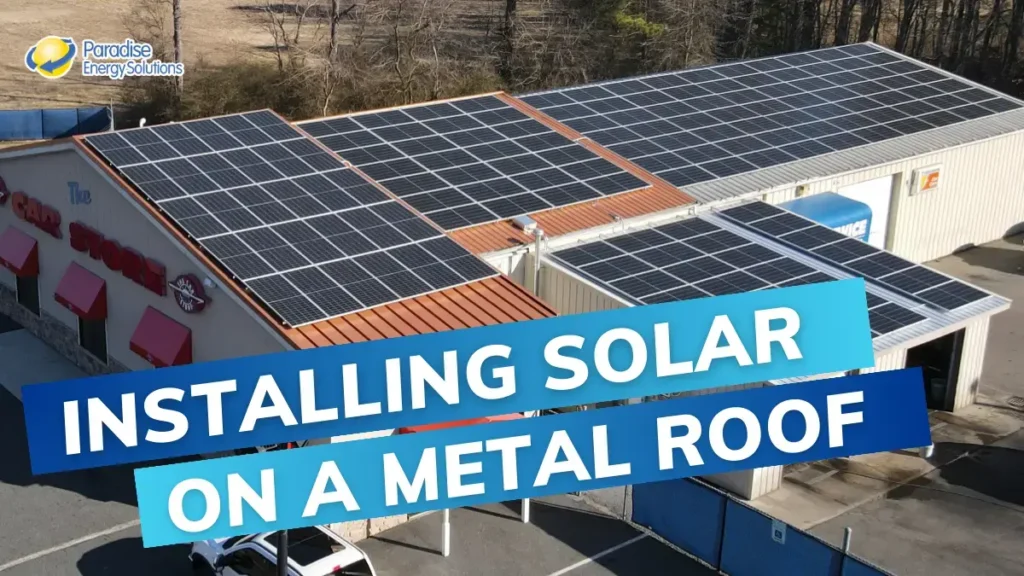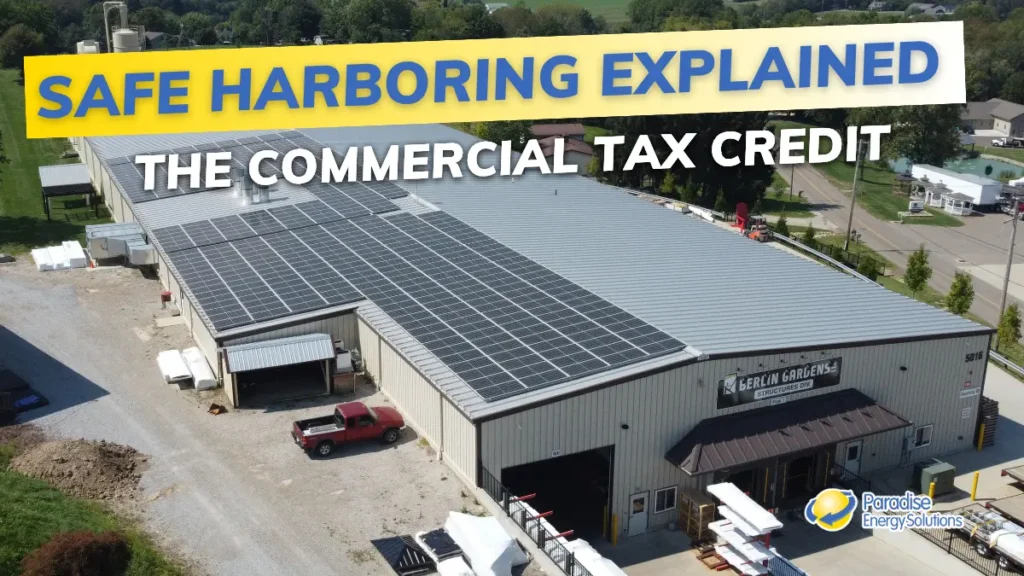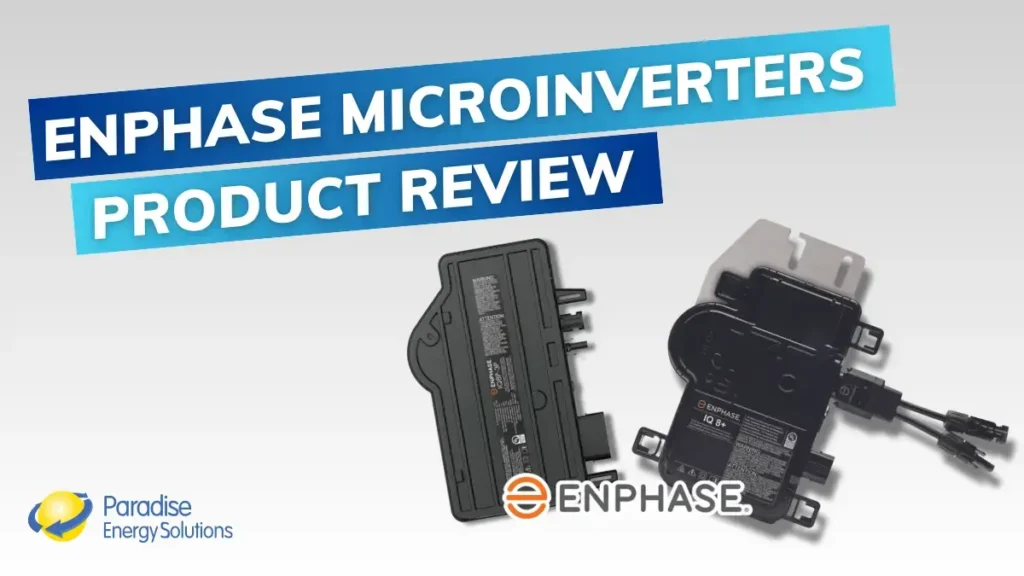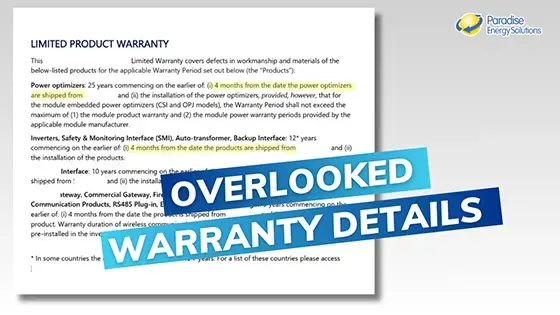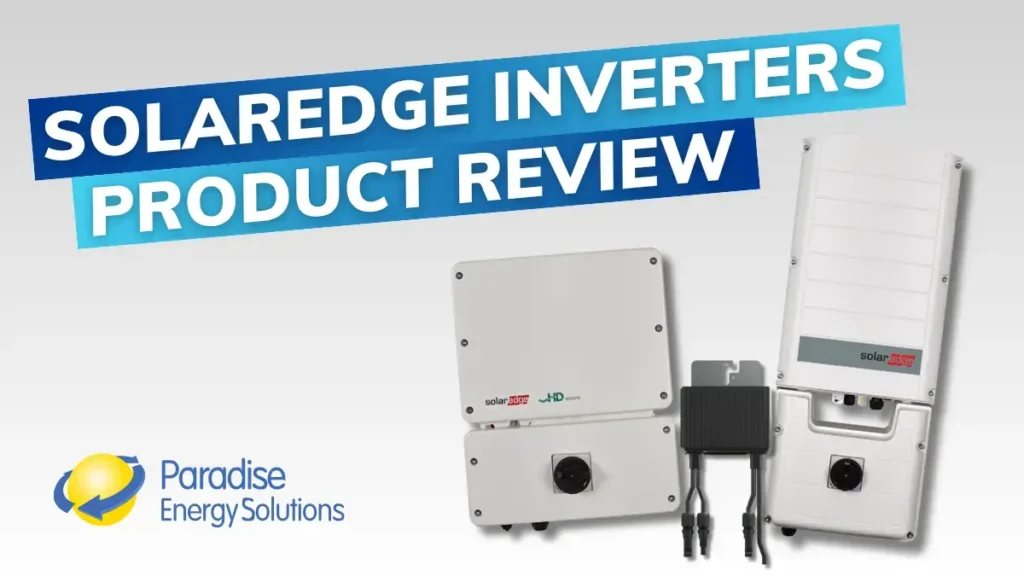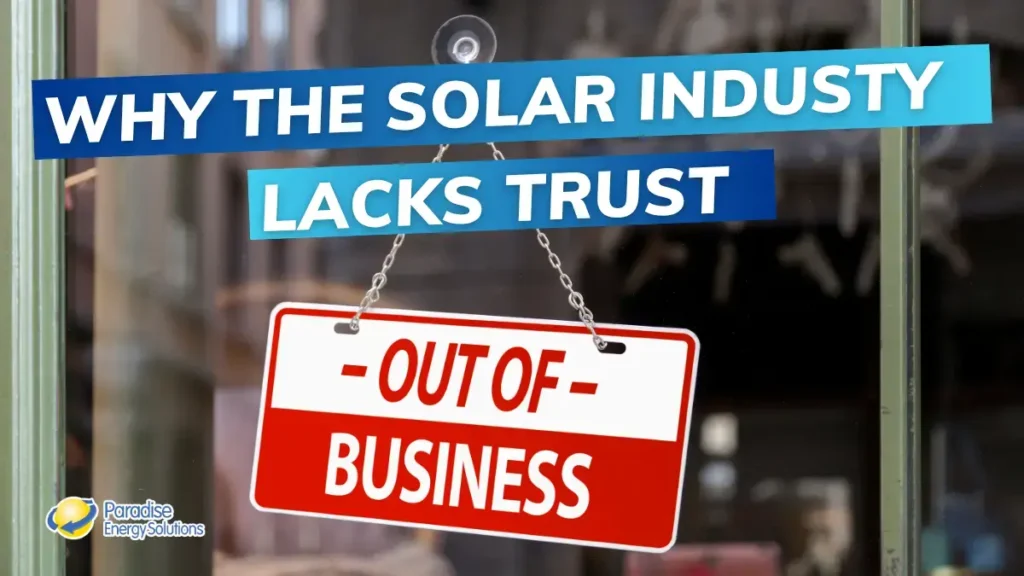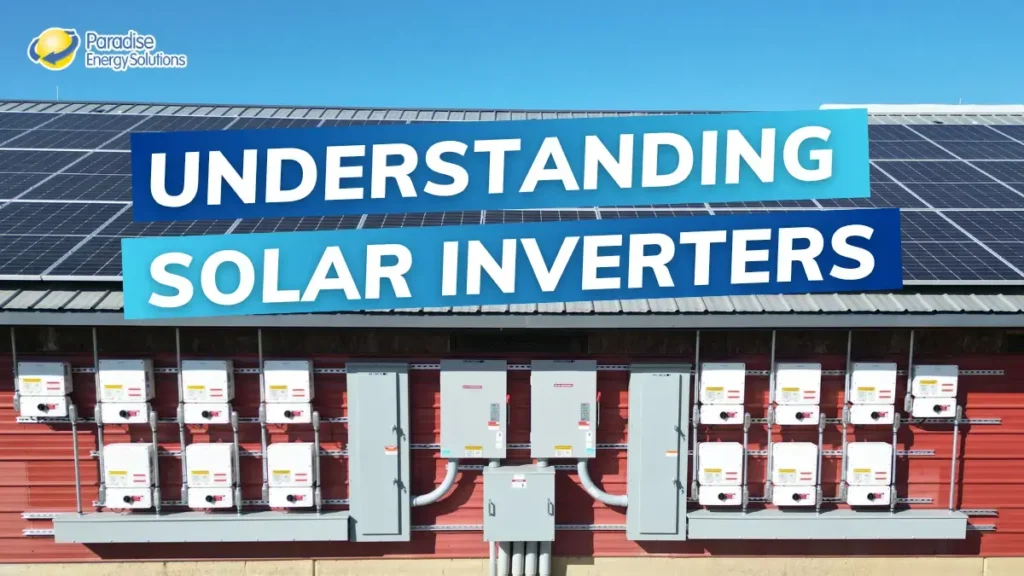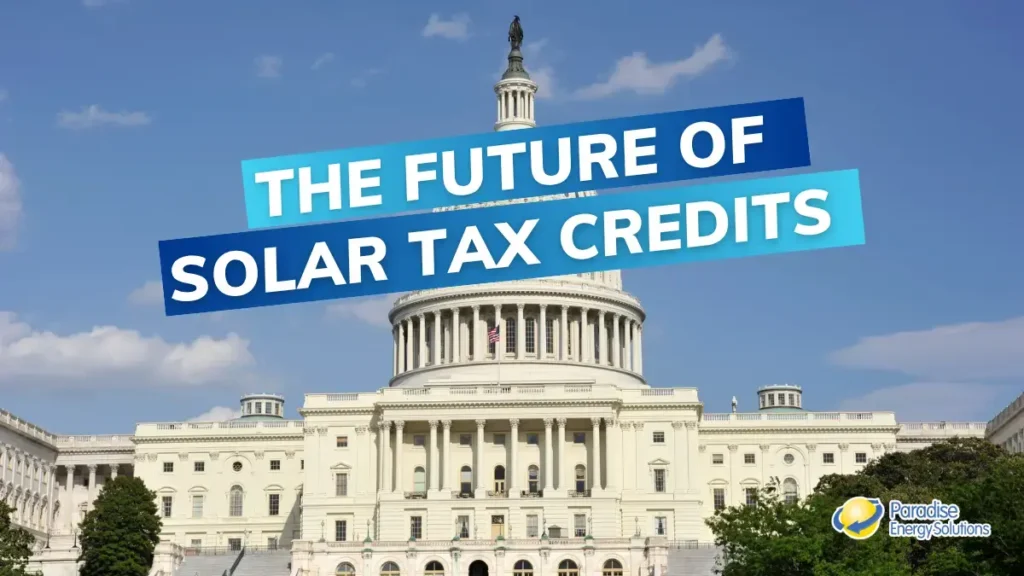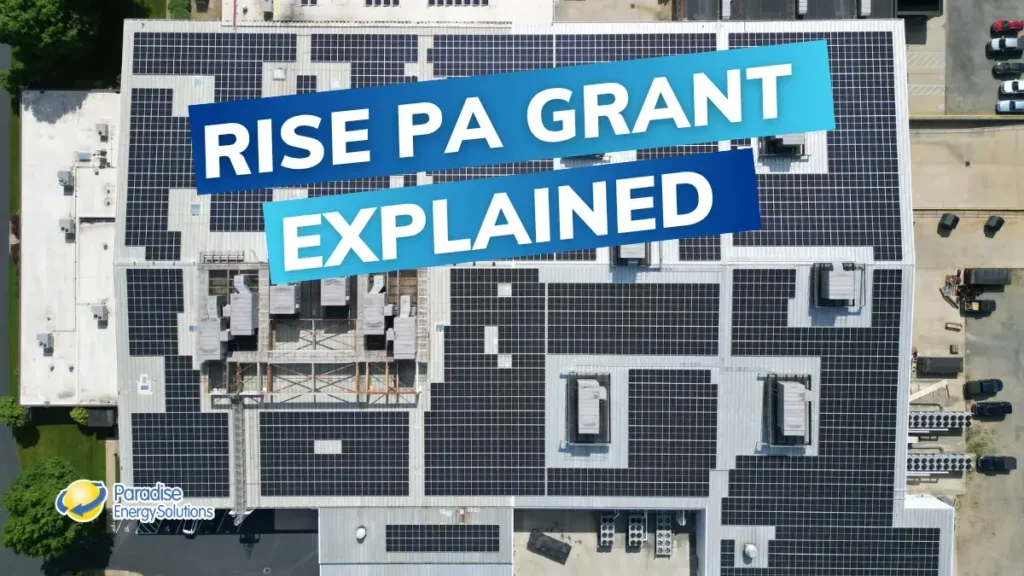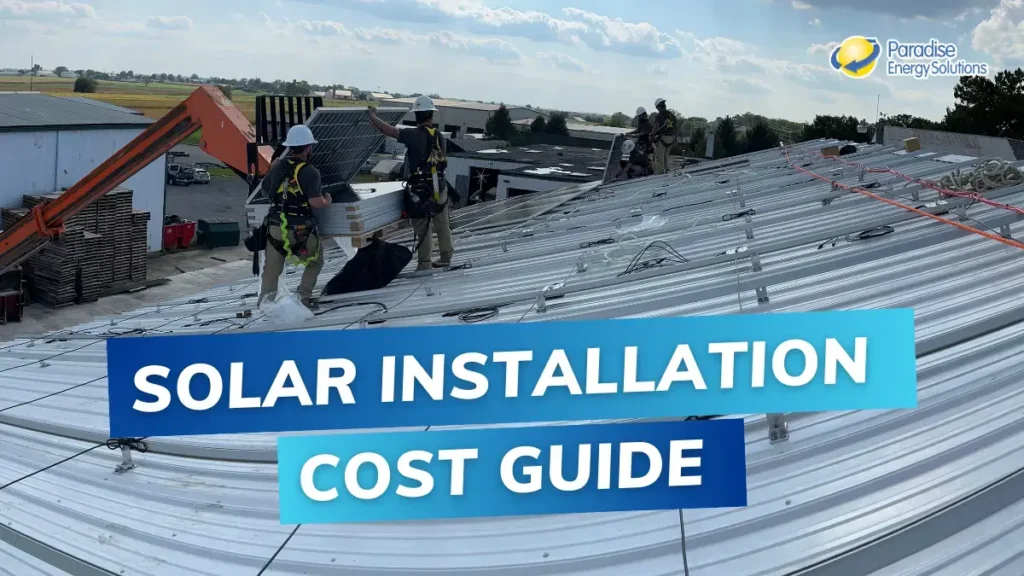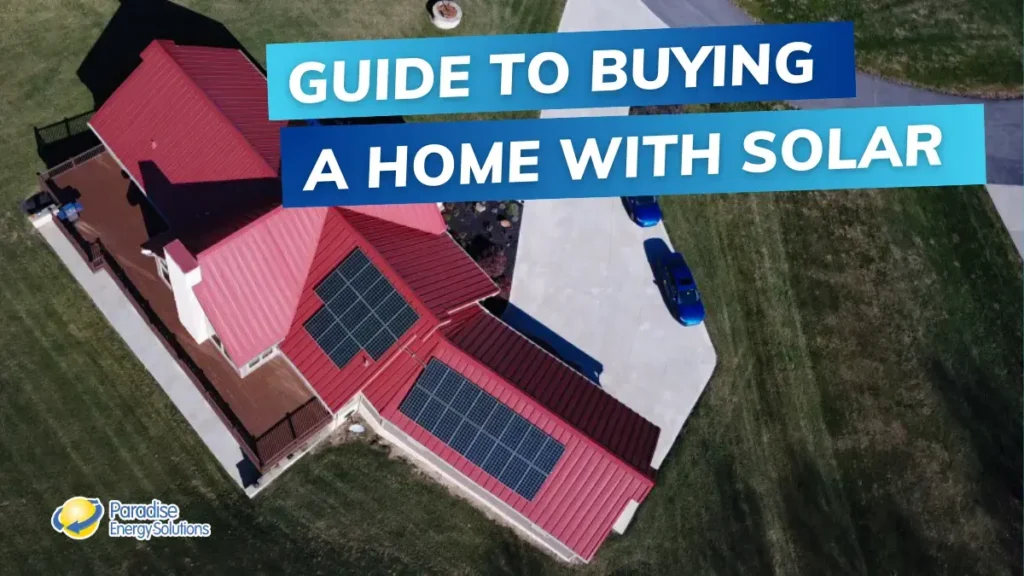In short, yes, you can install solar panels on a metal roof. There are secure installation options for both standing seam metal roofs and corrugated metal roofs.
In this blog, we’ll share how solar panels are mounted to both types of metal roofs and answer some common questions related to attaching commercial solar panels to metal roofs.
How Solar Panels are Mounted on Standing Seam Metal Roofs
Standing seam metal panels are a popular roofing material for many different types and sizes of buildings. They’re long-lasting and stand up to much of what mother nature throws our way. They’re also great for installing solar panels.
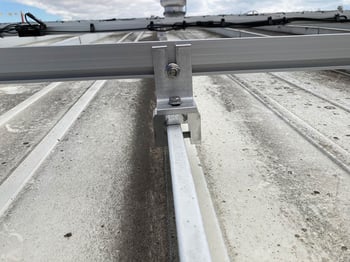 U-clamps are attached to the roof’s seams with a standing seam roof. Then, the solar panels and their racking system are securely attached to those clamps. In the vast majority of cases, there is no need to drill holes into or through the roof itself. This is a great benefit of a standing seam roof as most other roofing materials require penetrations in the roof to secure solar panels.
U-clamps are attached to the roof’s seams with a standing seam roof. Then, the solar panels and their racking system are securely attached to those clamps. In the vast majority of cases, there is no need to drill holes into or through the roof itself. This is a great benefit of a standing seam roof as most other roofing materials require penetrations in the roof to secure solar panels.
Another great benefit of a standing seam roof is that the installation cost is typically a little lower.
How Solar Panels are Mounted on Corrugated or Ribbed Roofs
The other popular type of metal roof is the corrugated or ribbed roof. Despite being made of similar material, solar panels will be installed a little differently on these types of roofs than they would with a standing seam roof.
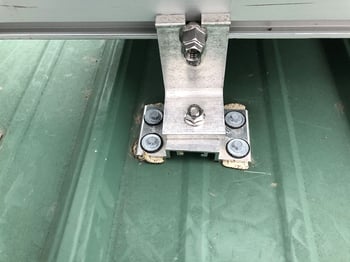 Mounting solar panels on a corrugated metal roof will require some penetrations in the roof itself. However, it is done in a manner that will maintain the integrity and weatherproofing of your roof.
Mounting solar panels on a corrugated metal roof will require some penetrations in the roof itself. However, it is done in a manner that will maintain the integrity and weatherproofing of your roof.
A small foot is mounted over or between the ribs, which will lag into the truss or purlin of your roof. A rubber bushing is located on the bottom to securely seal those holes, keeping water out.
The solar panels and the racking system will then attach to those brackets.
Can Metal Roofs Handle the Weight of Solar Panels?
In general, metal roofs can handle the weight of solar panels. However, each roof is different and will need to be evaluated before solar panels are installed.
A third-party structural engineer will visit your building to inspect the structure of your roof to make sure it can stand up to the additional weight of your solar panels. In most cases, the roof can handle the added weight, and the engineer will sign off on the project.
Additional support will be needed to safely install the system for the few roofs that don’t pass inspection. The engineer will make the required recommendations for reinforcing the roof and the structure. The alterations can commence if you’d still like to move forward with the project. Then, the engineer will revisit the site and sign off on the project.
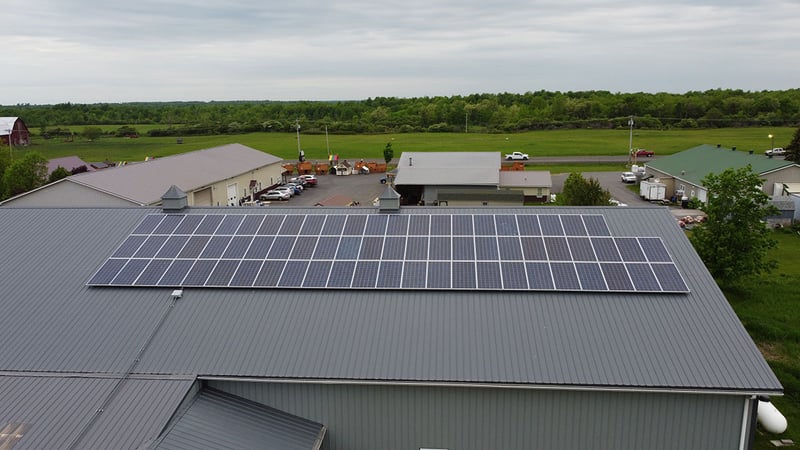
Will Solar Panels Damage a Metal Roof?
While they last several decades, metal roofs are a substantial investment. You don’t want to do anything to cut the life of your roof short. Even if doing so will bring you decades of free electricity, like with solar panels.
However, as long as your solar panels are installed on par with industry standards, you won’t be causing any short- or long-term damage to your roof. In fact, solar panels can actually protect your roof.
While they’re not indestructible, solar panels are designed and installed to withstand a pretty good beating from mother nature. They’ll act as a buffer, shielding your roof from the typical wear and tear over time.
When it comes to securing your solar panels to your metal roof, you can rest assured you won’t be exposing your building to any leaks. Solar panels installed on standing seam roofs can typically be installed with no penetrations. Ribbed metal roofs will require penetrations. However, the bolting system is specifically designed to prevent leaks for the lifespan of your solar panel system.
How Long Will Your Solar System Last?
Solar panels are durable, dependable, and long-lasting. Depending on the specific brand you buy, the manufacturer will guarantee the panels for 25 or even 30 years. They will also continue producing energy after the warranty.
However, metal roofs last even longer, ranging from 40 to 70 years or more. Because of metal roofs’ longevity, a new metal roof will likely outlast solar panels. With some roofing materials, the solar panels will last longer than the roof itself, meaning the panels will have to be uninstalled and reinstalled to install a new roof.
The Advantages of Installing Solar Panels on a Metal Roof
To sum everything up, mounting solar panels on a metal roof is a great way to cut your electricity costs, save on taxes, and reduce your carbon footprint. Metal roofs have a few unique advantages compared to other types of roofs.
Metal roof clamps for solar panels can eliminate the need to penetrate the roof during installation. If penetrations are necessary, the brackets are specifically designed to prevent leaks.
Metal roofs are sturdy and long-lasting. They can support the additional weight of the solar panels and even outlive the duration of the solar panels. This can eliminate the complications of having to replace the roof while the solar panels are still in use.
Overall, solar energy can be a great option if you have a metal roof and are looking for ways to reduce your monthly expenses or carbon footprint!
Whether you’re a farmer looking to control costs or a business looking to increase your profits, a solar energy system can be a great asset for you. Discover how solar can help you make a difference by requesting your free quote using the Get A Quote button at the top of this page.
